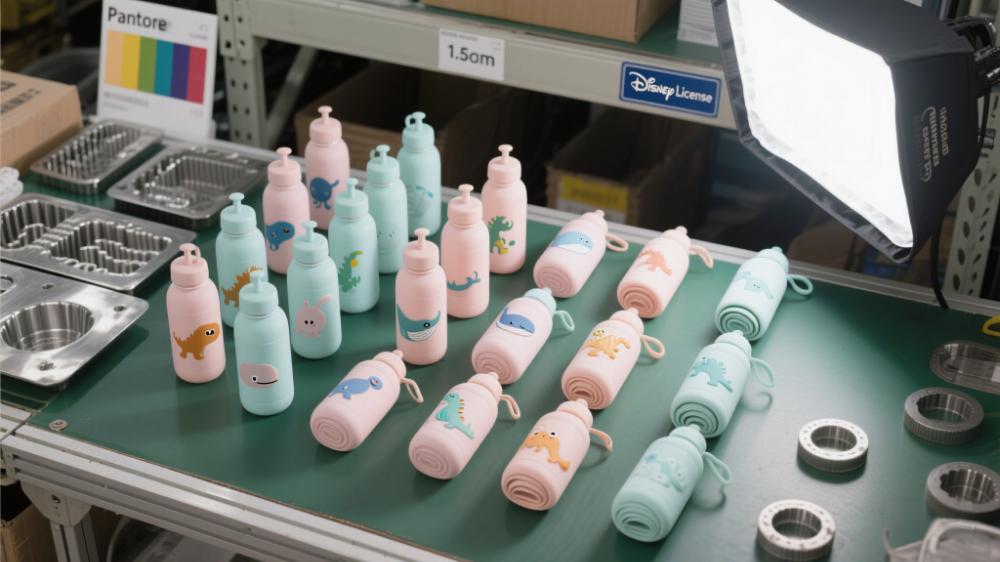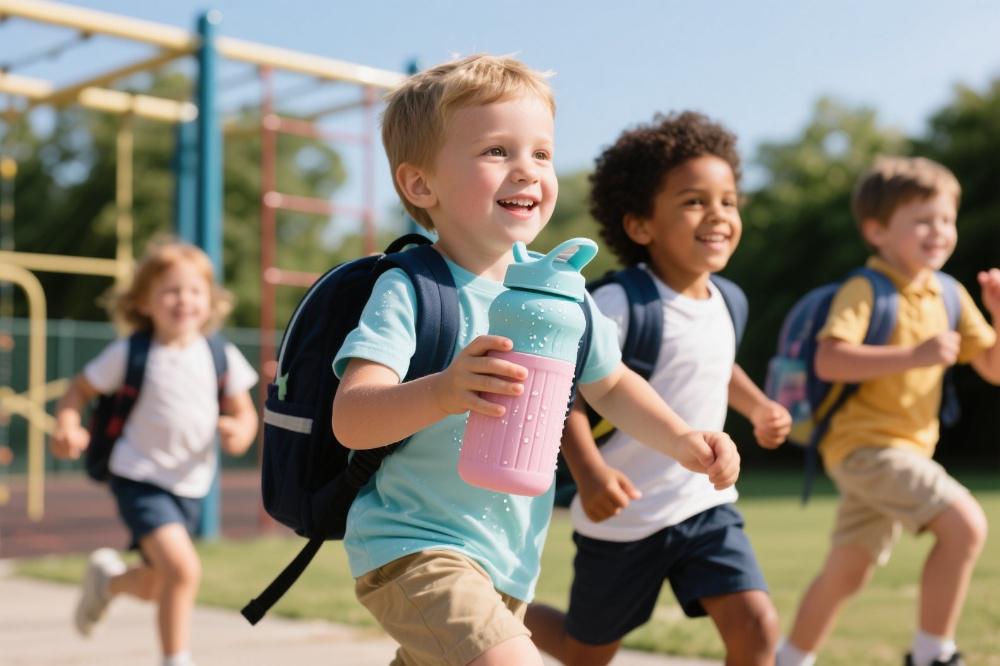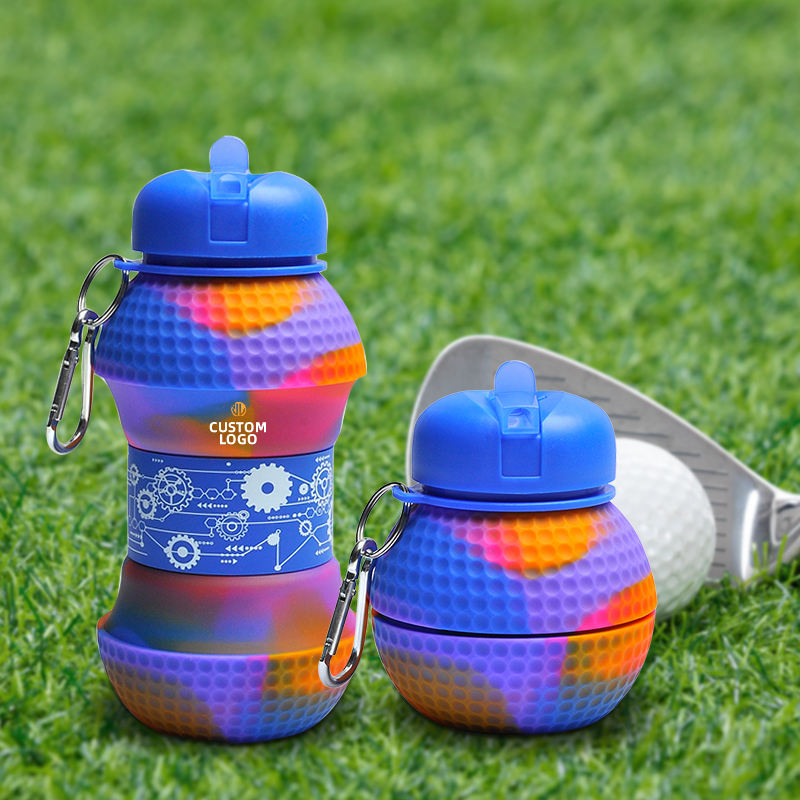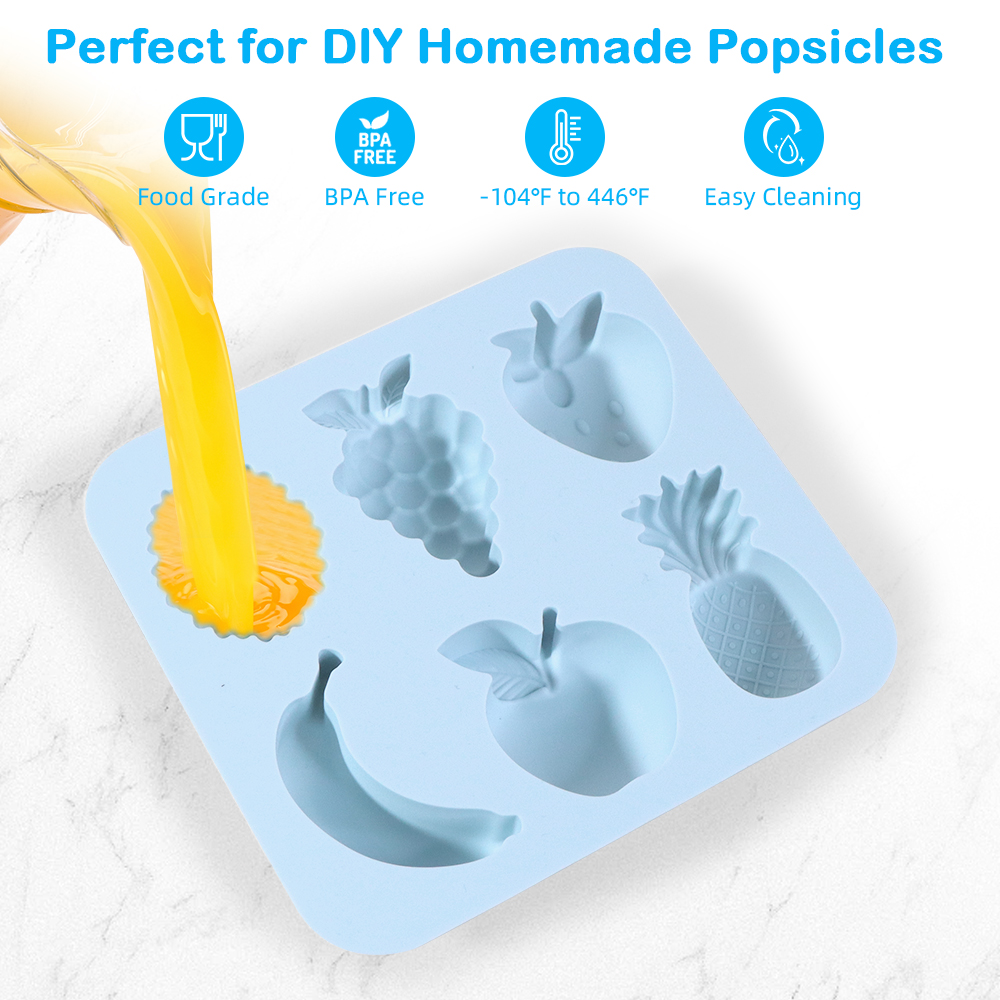Contents
Why Children’s Water Bottles Matter More Than You Think
Parents and educators globally prioritize hydration for kids, but selecting the right children’s water bottle involves balancing safety, functionality, and child appeal. A survey of school administrators revealed: “We reject 30% of supplier samples due to leaks or hard-to-clean parts—kids need bottles that survive backpacks and playgrounds.”
From stainless steel to collapsible silicone, each material serves distinct needs. For instance, collapsible water bottle designs dominate travel markets in Japan, where space-saving is critical, while European buyers emphasize chemical-free certifications like LFGB.


Safety First: What Buyers Scrutinize
Material Certifications
BPA-free is the baseline; parents now seek FDA, LFGB, or EC1935/2004 compliance. One pediatrician noted: “Parents ask about metal leaching—they want stainless steel bottles with full material disclosure.”
Design Hazards
- Choking risks: Avoid detachable small parts in kids’ water bottles for under-5s.
- Leak-proof claims: 78% of school buyers test bottles upside-down for 12+ hours before bulk orders.
The Customization Edge in Bulk Purchases
Why Depth Matters
Brands ordering 5,000+ units increasingly demand:
- Unique molds: Disney licensees require character-specific children’s drinking bottles
- Color systems: Pantone-matched lids for school team merchandise reduce inventory complexity.
A camp supplier shared: “Our custom dinosaur bottles outsold generic ones 3:1—kids nag parents until they get the ‘cool’ bottle.”
Durability vs. Weight: The Trade-Off
Stainless Steel Dominates
- Pros: 18/8 stainless steel children’s water bottle survives drops (6+ feet per ASTM F963-17 toy safety tests).
- Cons: Weight concerns for under-8s; some Asian markets prefer Tritan plastic.
Foldable Water Bottle Innovations
- Silicone models compress to 1.5” thick—ideal for Singaporean cram schools with tiny desks.
Marketing Insights from Top Markets
North America
- Gift trends: 60% of kids water bottle purchases coincide with birthdays/Christmas (The ODM Group, 2019).
- Retail requirements: Walmart mandates UPC barcodes molded into bottle bases.
Europe
- Eco-focus: 72% of German buyers pay 15%+ more for bottles with recycling instructions molded in.
Asia
- Anime licensing: Japanese buyers require 10+ character options per water bottles for kids


The Unspoken Hygiene Challenges
Mold Hotspots
- Straw mechanisms in childrens drink bottledesigns fail 23% faster than spout lids (per 2024 lab tests).
- Buyers in humid regions (e.g., Florida) prioritize dishwasher-safe parts over hand-wash-only claims.
Future-Proofing Your Order
Smart Bulk Strategies
Sample testing: Include 3+ kids in user tests—they’ll spot uncomfortable lids adults miss.
Modular designs: Interchangeable straps/lids extend product lifecycles by 2 years.
A scout leader’s feedback: “Our logo bottles need to last 3 seasons—cheap prints fade after 30 washes.”
Key Takeaways for Serious Buyers
- Certifications trump claims: Demand test reports, not just supplier promises.
- Customization drives loyalty: Unique shapes/colors reduce price sensitivity by 40%
- Regional nuances matter: French schools require 500ml max sizes, while US camps prefer 750ml.
By addressing these insights, bulk buyers can source children’s water bottles that truly meet market needs, without retail fluff.




